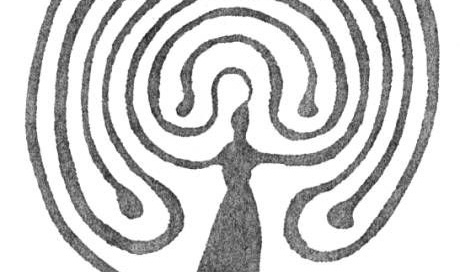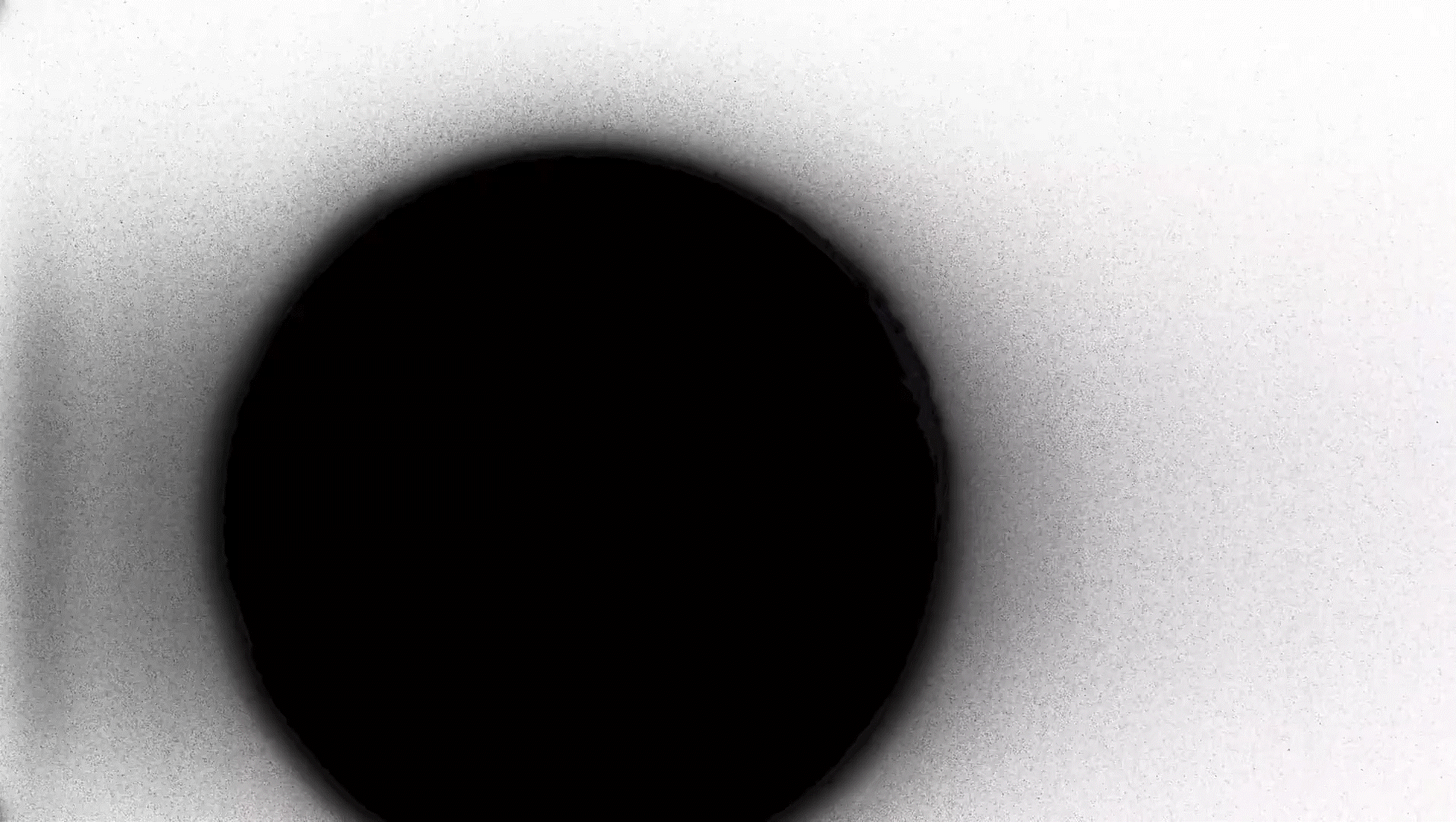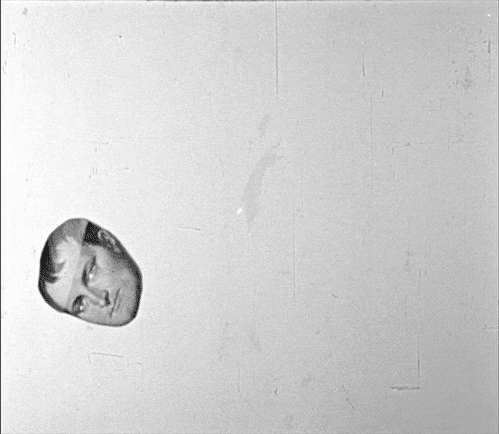Creative writing can demand that we relive intense emotions and memories. An essayist recounting a painful childhood experience or a novelist drawing on personal loss is essentially engaging in emotional exposure. Psychology research shows that expressing our deepest thoughts and feelings through writing can lead to significant emotional and physical health benefits. In therapy, exposure means gradually facing a feared situation or traumatic memory until its grip loosens.
For creatives interested in writing and filmmaking, with a focus on creative writing, copywriting, and screenwriting. Practical tools, industry insights, and reflections on storytelling to inspire your creative projects.
Writing can work the same way. It acts as exposure to thoughts and feelings we might otherwise avoid. One study noted that expressive writing serves as a medium for exposure to previously avoided stimuli and that repeated writing about a difficult experience can lead to habituation. A gradual reduction of distress. In other words, telling a hard story again and again (even in fiction) may take the sting out of it over time.
Writing about trauma or fear doesn’t dull the pain but can transform it instead. Trauma therapists use narrative exposure techniques, asking clients to weave a coherent story of their life and trauma. This helps the brain refile a traumatic event as something past and manageable rather than present and all-consuming.
On the page, we control the timeline and the details. We can confine a tragedy to a chapter, give it a beginning and an end. This mirrors what happens in exposure-based therapy for PTSD, where recounting a trauma in detail under safe conditions teaches the body that remembering is not the same as reliving the horror. As one neuroscientist observed, simply labeling and articulating our fears can activate brain regions that dampen the amygdala’s panic response.
The power of vulnerability in storytelling
Good writing requires some form of vulnerability. We often hear that phrase, but it’s worth unpacking.
Social science researcher Brené Brown famously said that vulnerability is the birthplace of innovation, creativity, and change. In creative work, being vulnerable means being honest about feelings, flaws, or fears. It means writing the scene that scares you or sharing a truth you usually hide. Author Ralph Keyes describes this well:
“Any writing exposes writers to judgment… The closer they get to painful personal truths, the more fear mounts… To write well, however, that’s exactly where we must venture.”
The topics that make us most uneasy are often the very material that gives our work power and authenticity. The writer must drop their guard and step into uncertainty, trusting that meaning lies on the other side.
It’s scary to speak a secret out loud. It’s scary to put it on paper too. That’s the sympathetic nervous system kicking in, just as it would in a therapy session delving into trauma. But in both cases, the short-term distress is a sign that deep processing is happening. By staying with the discomfort in a controlled and cautious way (writing through it), the writer can eventually integrate and move further. The act of writing becomes an emotional workout, stretching our capacity to tolerate feelings.
Facing fear in writing
Almost every writer knows the will others judge me? Am I good enough? This anxiety is a natural companion on any creative journey. In fact, many experts argue that fear can be a useful compass. Bestselling author Steven Pressfield put it this way:
“Are you paralyzed with fear? … Fear is good. Like self-doubt, fear is an indicator. Fear tells us what we have to do… the more scared we are of a… calling, the more sure we can be that we have to do it.”
In cognitive-behavioral therapy, clinicians say something similar. The situations we avoid most are probably the ones we need to face to overcome our anxiety. For a writer, the scene that you’re afraid to write might be exactly the scene that needs to be written. The fear is a clue that there’s emotional truth and energy there.
It’s the same principle when we write the chapter we’ve been avoiding. Maybe we have to take breaks, or we feel emotionally spent afterward. But we return the next day, rewrite and refine, and with each pass, the material feels a bit less daunting. We gain mastery over it. Psychologists have observed that this kind of repeated emotional exposure in writing leads to habituation. A decrease in emotional reactivity over time.
Finally, sharing our writing with the world is its own form of exposure. Hitting publish on a personal essay can be as frightening as a public speech for someone with stage fright. Our instinct might be to protect ourselves, to keep the vulnerable work hidden in a drawer. But when we do share it, we often find the fear was worse than reality.
Readers may respond with understanding, not judgment. And the ones that judge really don’t matter because you said what you wanted to say (as long as you didn’t truly offend anyone). And sometimes, we realize we’re not alone. In exposure therapy for social anxiety, one learns that revealing oneself and risking critique usually doesn’t lead to the ridicule expected. Instead, it often brings connection. Similarly, a writer’s act of public vulnerability can create a powerful connection and empathy between the author and the audience. It’s a healing experience on both sides: the writer overcomes the fear of being seen, and readers draw courage from the honesty.
The beauty of wholehearted art and implicit healing
Every sentence risks something. Whether or not we’re writing about trauma, every creative act carries pieces of the creator’s psyche. Every choice, a character’s flaw, a setting’s mood, a turn of phrase, reveals something about its creator. It’s a mirror turned outward. And that’s why writing is both terrifying and exhilarating.
But perhaps that’s what makes writing powerful. The risk of exposure, the act of pushing through discomfort, the process of letting words shape something real out of the fog.
Creative writing isn’t a substitute for therapy, but it’s remarkable how it naturally follows some of the same principles. By confronting fear on the page, we engage in a kind of self-directed exposure therapy. We force ourselves to name the unnamable, to stay present with uncomfortable feelings, and to tell the stories we’d rather forget. In doing so, we process, and we progress. The page becomes a place of both refuge and reckoning, where nightmares can be explored and disarmed. Over time, what starts as private agony can transform into art that no longer hurts to touch.
Thanks for reading, if you found this helpful, you might enjoy one of the articles below :)








This is immensely useful and came to me at exactly the right time. Thank you.
I relate with that. Writing helps a lot for fear anxiety shame. O yes. For the inner dialogue. I think Writing ease our wounds and pain. At least in my opinion too.